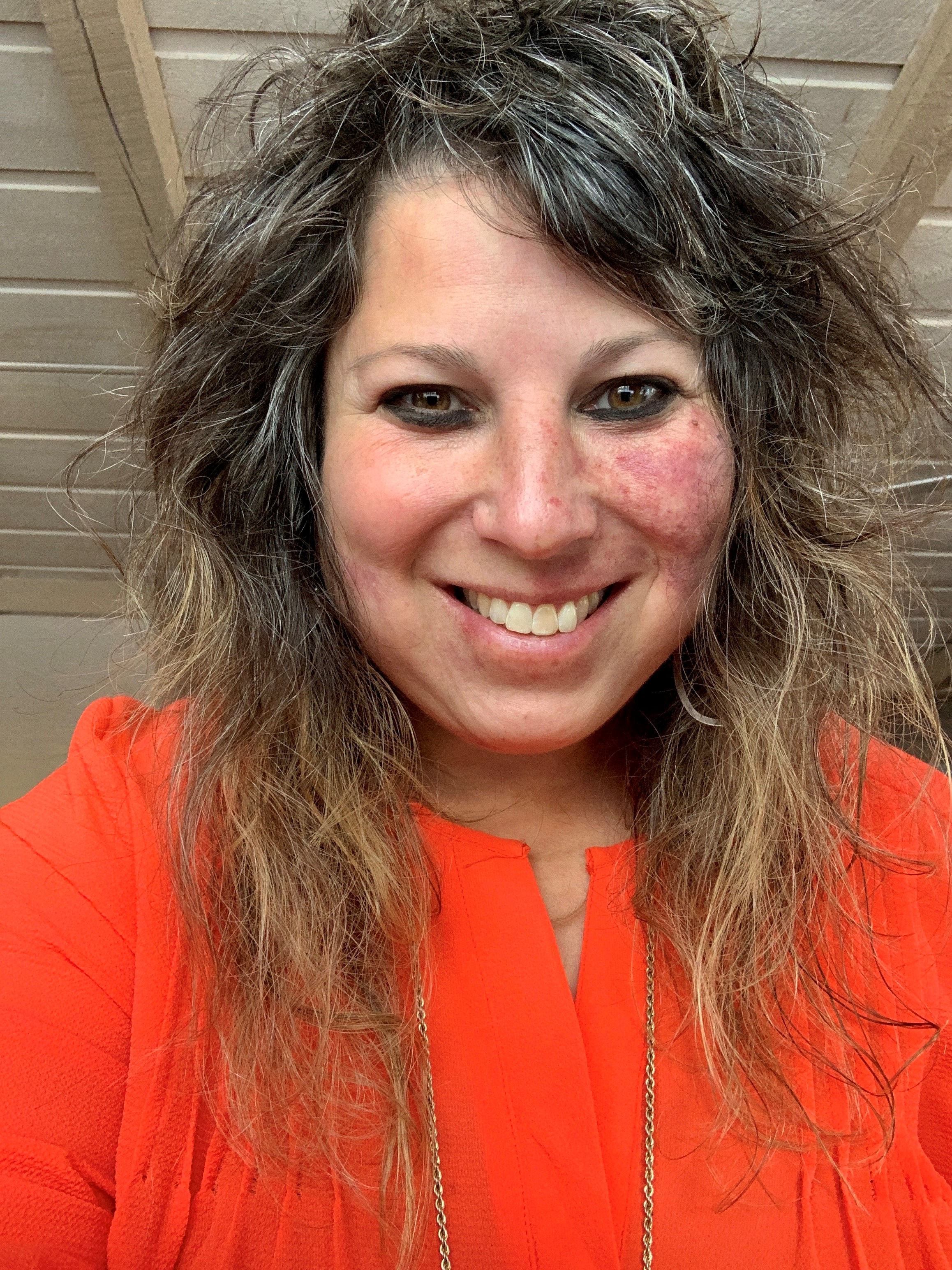Cannabis is more common in U.S. states that have legalized recreational use, study finds
New research explored the prevalence of cannabis use within the United States and found that consumption has increased across the country and is substantially higher among individuals residing in states that have legalized recreational cannabis.
The study, conducted by researchers at Columbia University Mailman School of Public Health and the City University of New York, was published in the journal, Drug and Alcohol Dependence. The study was funded by National Institutes of Health/National Institute on Drug Abuse.
Using data from the 2004 to 2017 National Survey on Drug Use and Health, a representative survey of U.S. individuals aged 12 and older, geographic location was used to determine state-level medical and recreational cannabis laws. The total sample evaluated was 784,293 respondents.
According to the study, cannabis use and daily cannabis use increased in the U.S with little difference in the speed of increase by state-level legal status of cannabis use from 2004 through 2017. Cannabis use and daily cannabis use were much more common in states with legal recreation cannabis, relative to those states with a legal medical program and those without legalization.
In addition, cannabis use was even greater among Americans who smoke cigarettes in states that had adopted recreational cannabis laws, relative to those where cannabis use was not legal. In 2017, one in three (33 percent) daily cigarette smokers reported cannabis use in the past month in recreationally legal states and almost one in five (18 percent) reported daily cannabis use. Among non-smokers, one in 10 reported any cannabis use in recreationally legal states and three percent of non-cigarette smokers in these states reported daily use.
The study also found that among adolescents aged 12 to 17 who used cigarettes daily, the majority (73 percent) had used cannabis in the past month and almost one in three (30 percent) used cannabis daily. Among adolescents who did not smoke cigarettes, five percent used cannabis in the past month and one percent used cannabis daily.
“U.S. states are rapidly passing legislation, yet what should be requisite public education on how cannabis can be used safely has not accompanied these changes,” said Renee Goodwin, PhD, adjunct associate professor of epidemiology at Columbia Mailman School and professor of epidemiology at CUNY, and the study’s lead author in a statement.




















SHARE